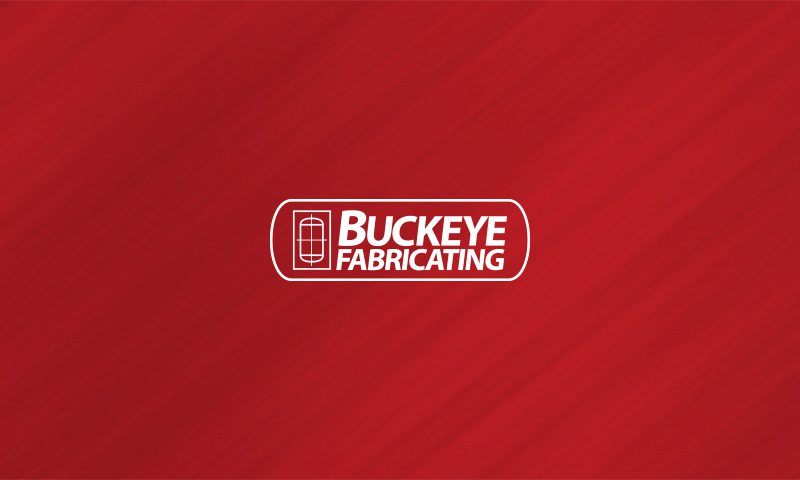Welding has ancient roots with evidence of welded objects dating back to the Middle Ages. But while the concepts of welding remain the same, new tools, chemicals, uses, and safety standards reflect modern technology and techniques.
Modern welding techniques have evolved to offer better performance partly inspired by contemporary inspection techniques that have improved to the point that minute defects and inclusions can now be easily discovered long before a tank is ever put to use.
Types of Welding Techniques:
Shielded Metal Arc Welding (SMAW)
Also known as manual metal arc welding or stick welding, this process uses a consumable electrode covered with flux. An electric current is used to form an electric arc between the electrode and the metals to be joined. The work piece and the consumable electrode melt, which, when cool, forms the joint. As the weld is laid, the flux disintegrates and produces vapors that serve as a shielding gas and creates a layer of slag, which protects the welded joint from atmospheric contamination.
Shielded metal arc welding requires that welders have extensive experience and skill, as it is susceptible to defects if done incorrectly.
Submerged Arc Welding (SAW)
A common arc welding process, submerged arc welding requires a continually fed consumable solid or tubular, metal cored electrode. Granular flux protects the molten weld and arc zone from atmospheric contamination. The thick layer of flux suppresses the ultraviolent radiation and fumes present with shielded metal arc welding.
Tungsten Inert Gas Welding (TIG)
Tungsten Inert Gas is another arc welding process. It uses an inert shielding gas and filler metal to protect the weld, which is created with a non-consumable tungsten electrode.
The TIG process allows for greater control over the weld than SMAW or SAW, and creates a stronger, higher quality joint. However, it is more complex and quite difficult to master, requiring a highly skilled welder.
Metal Inert Gas Welding (MIG)
In this process an electric arc forms between a consumable wire electrode and the work piece metal, which heats the work piece metals, causing them to melt and join.
Welding Inspection
Welding of critical equipment must adhere to welding specification prepared by an experienced and qualified engineer. An experienced engineer will specify the welding method, filler rod material, size of the weld, the number of passes, and the inspection techniques. All of which will be reviewed and approved by the Quality Inspector (QI).
Traditionally, welds were inspected visually, with a certain percentage of the weld being inspected with a radiograph. It is not out of the ordinary for a 100 percent weld inspection to be required, which will require full radiographic inspection. An alternative to radiographic inspection is ultrasonic inspection. Using ultrasonic sound diffraction supplemented by pulse echo techniques, the accuracy of ultrasonic inspection is almost as foolproof as that of radiography.
Certifications Required
The American Welding Society (AWS) and ASME provide guidelines for welder certification. In general terms, welders are coded to perform certain work based on a combination of practical experience, qualifications and the ability to weld sample coupons as listed in the work specification. Generally, a welder is coded to perform certain types of welding only, and coding has to be renewed regularly. Apart from AWS and ASME, third-party authorized inspection agencies may be accredited to perform welding inspections and approvals.


 ASME Informational
ASME Informational Tank Materials
Tank Materials